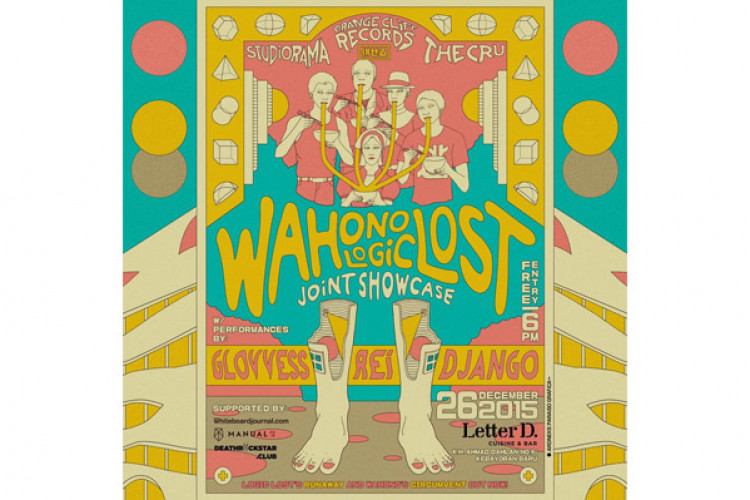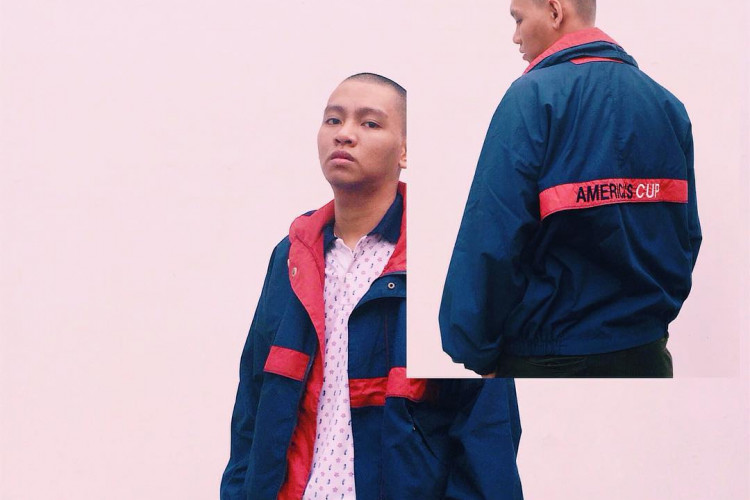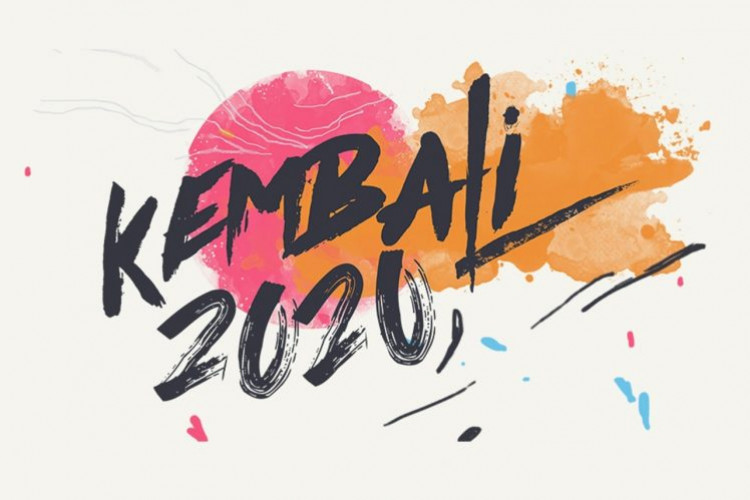Illustrating Stories with Melissa Sunjaya
Athina Ibrahim (A) meets with illustrator and retail owner Melissa Sunjaya (M)
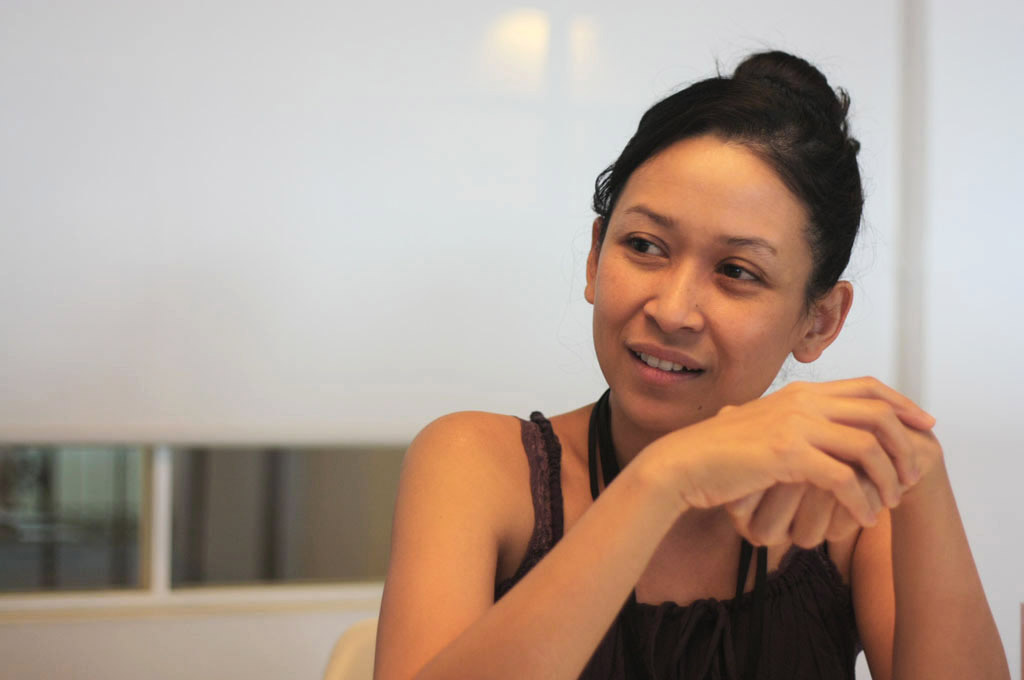
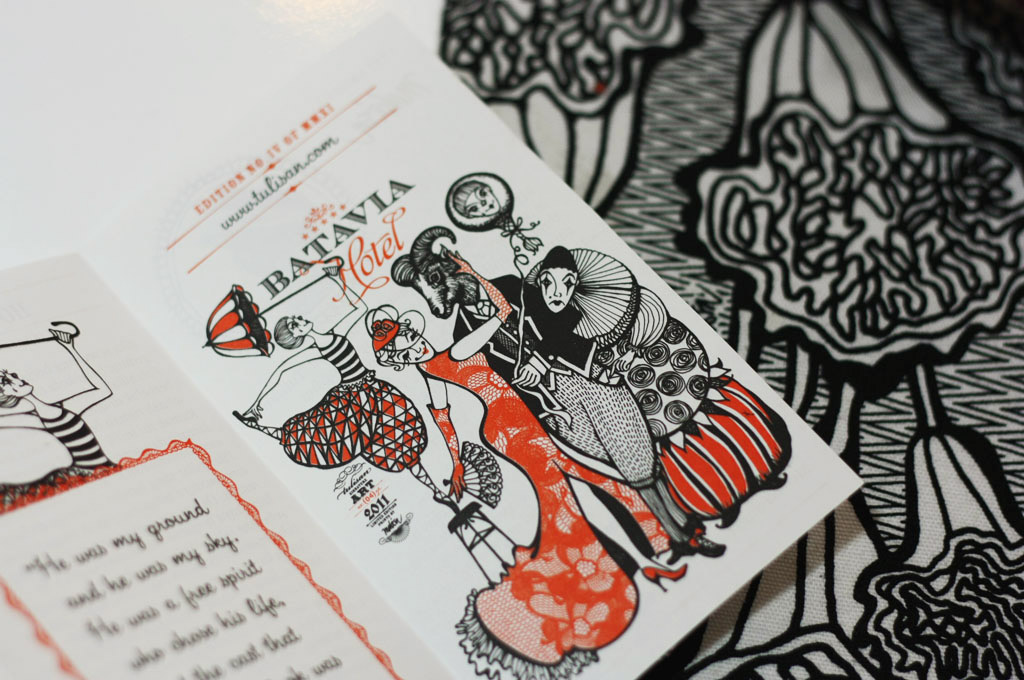
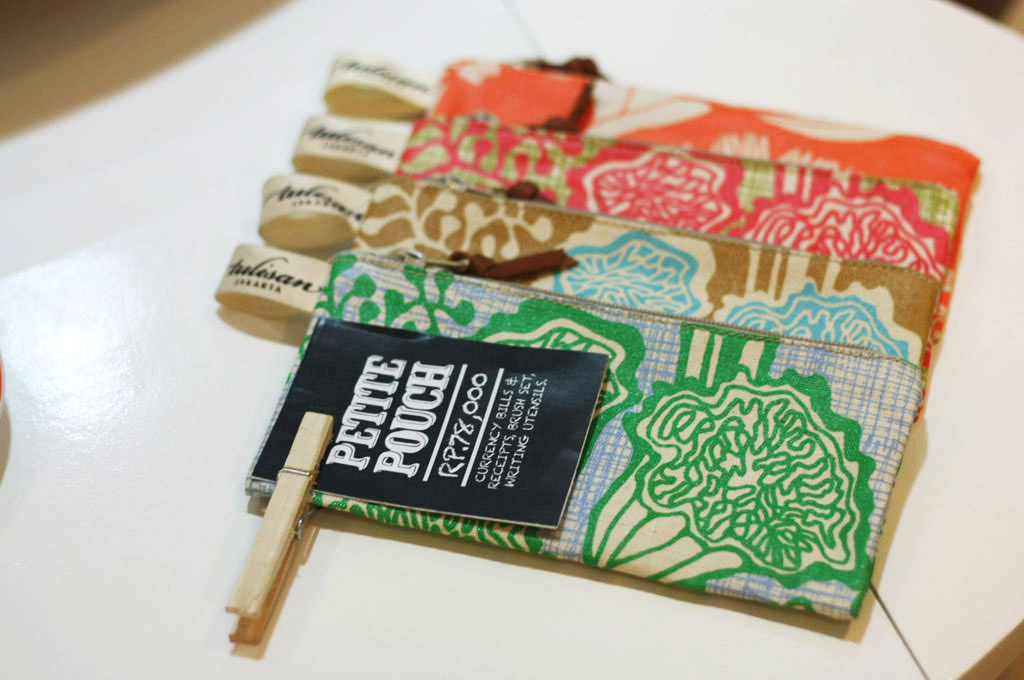
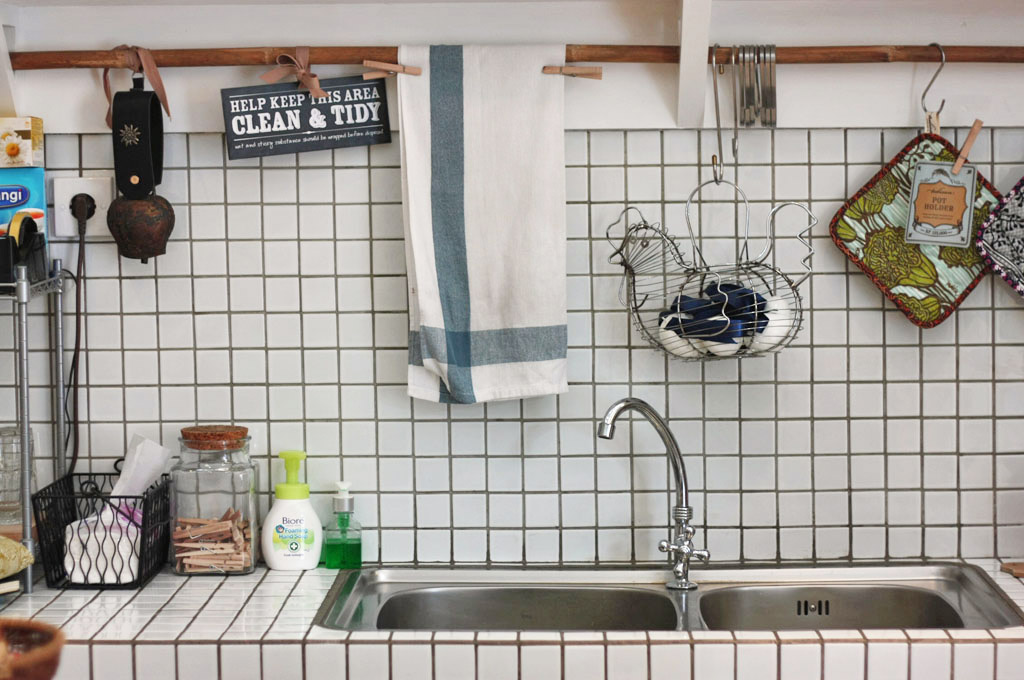
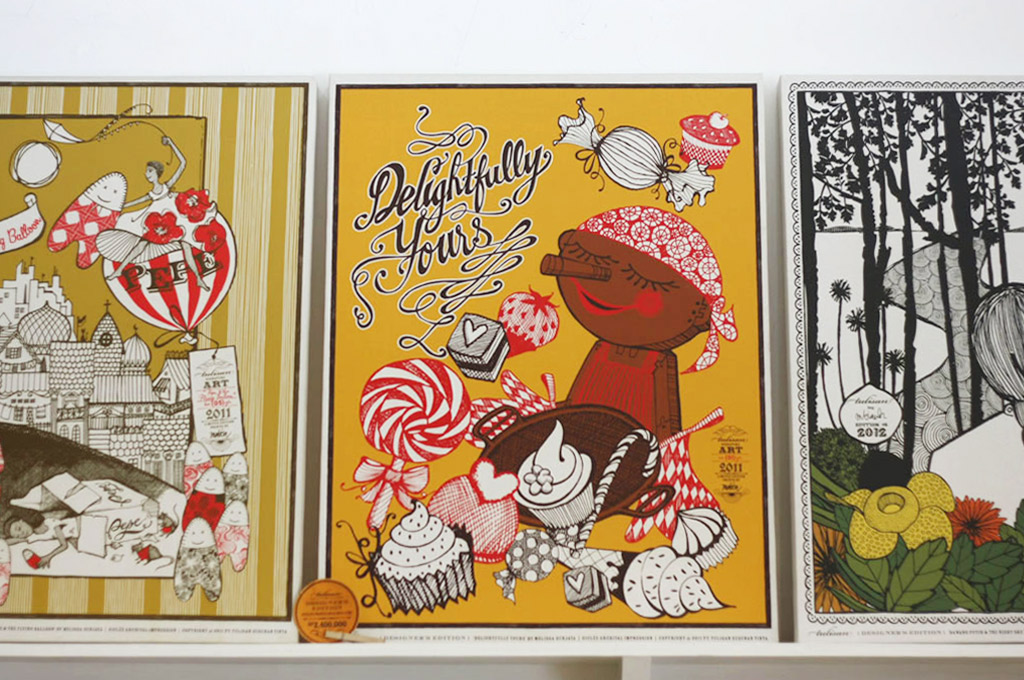
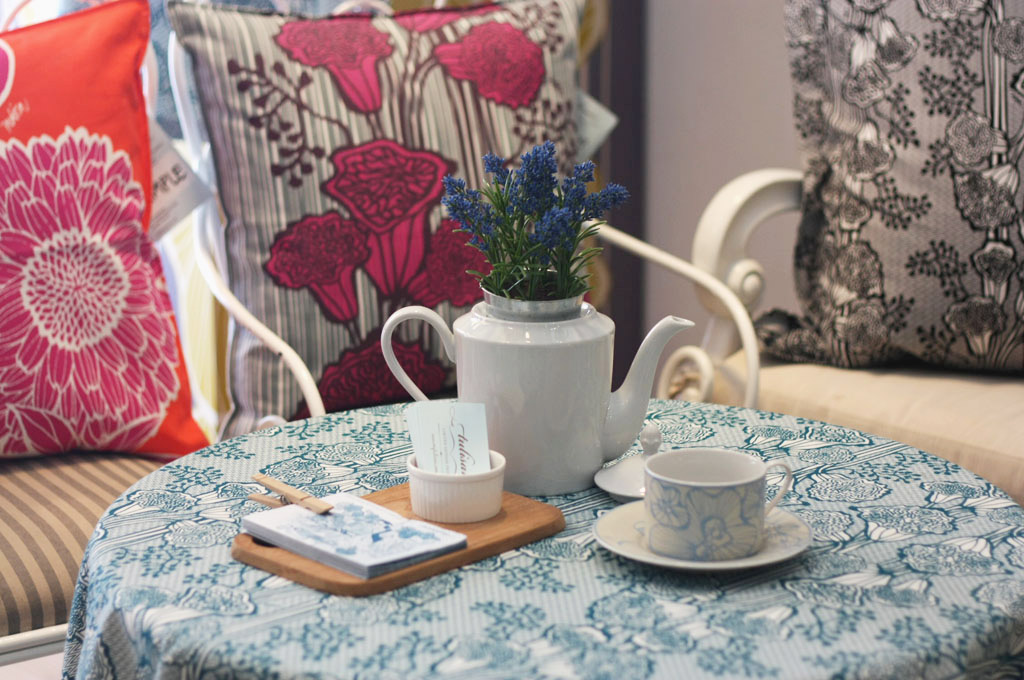
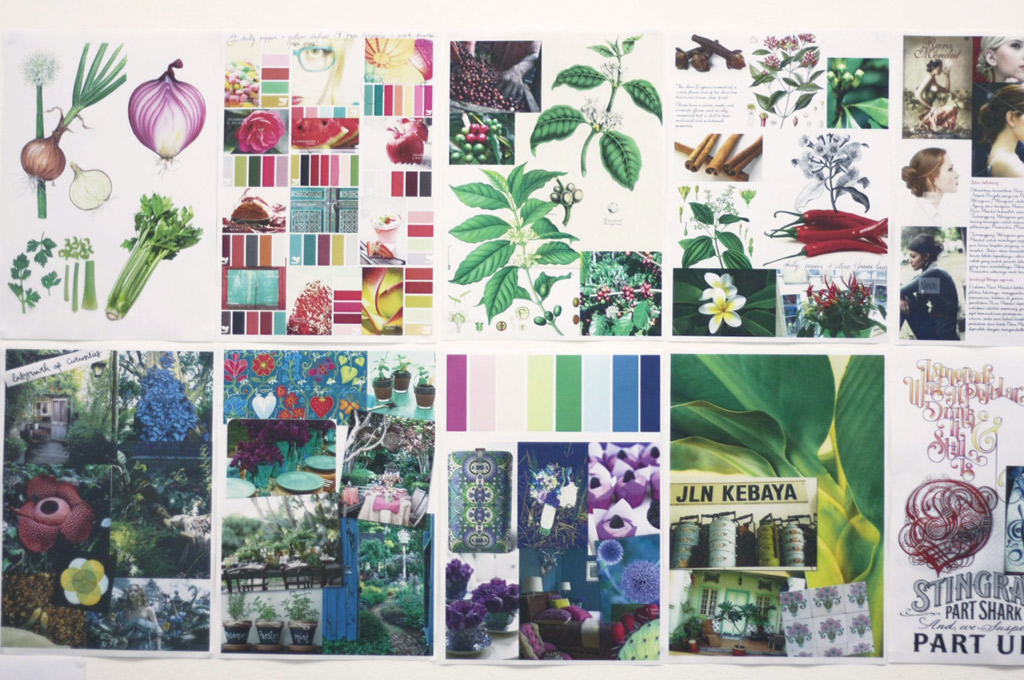
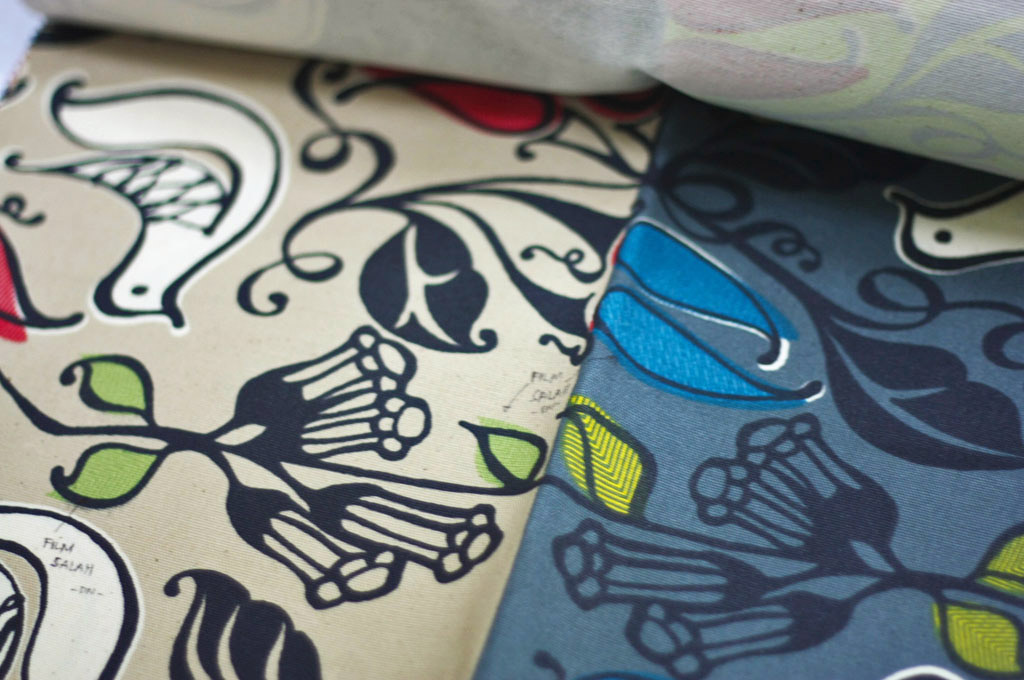
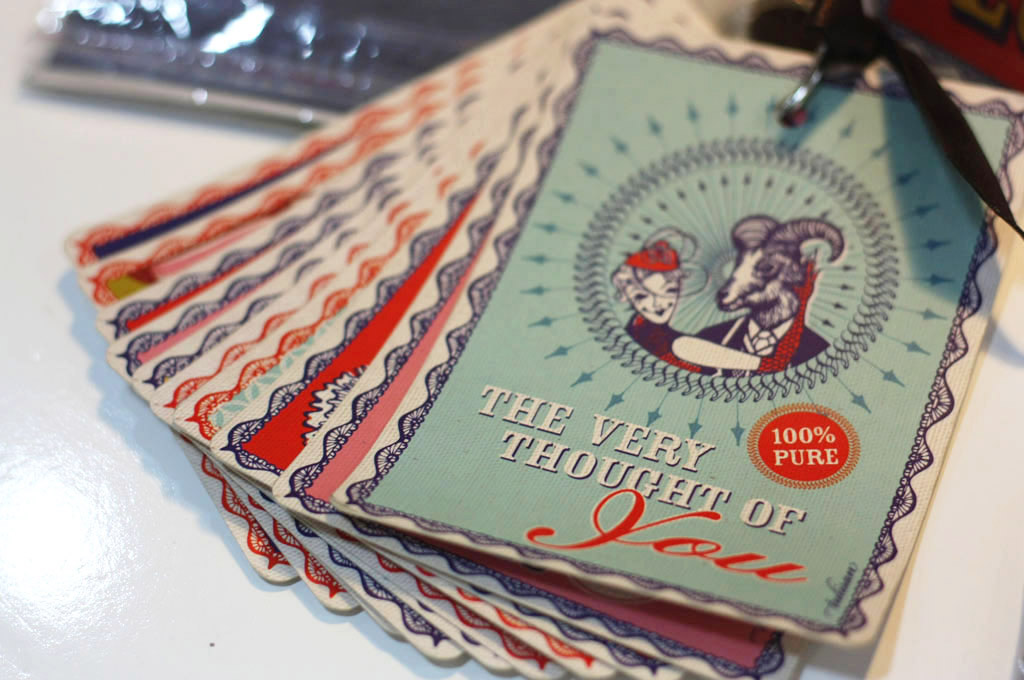
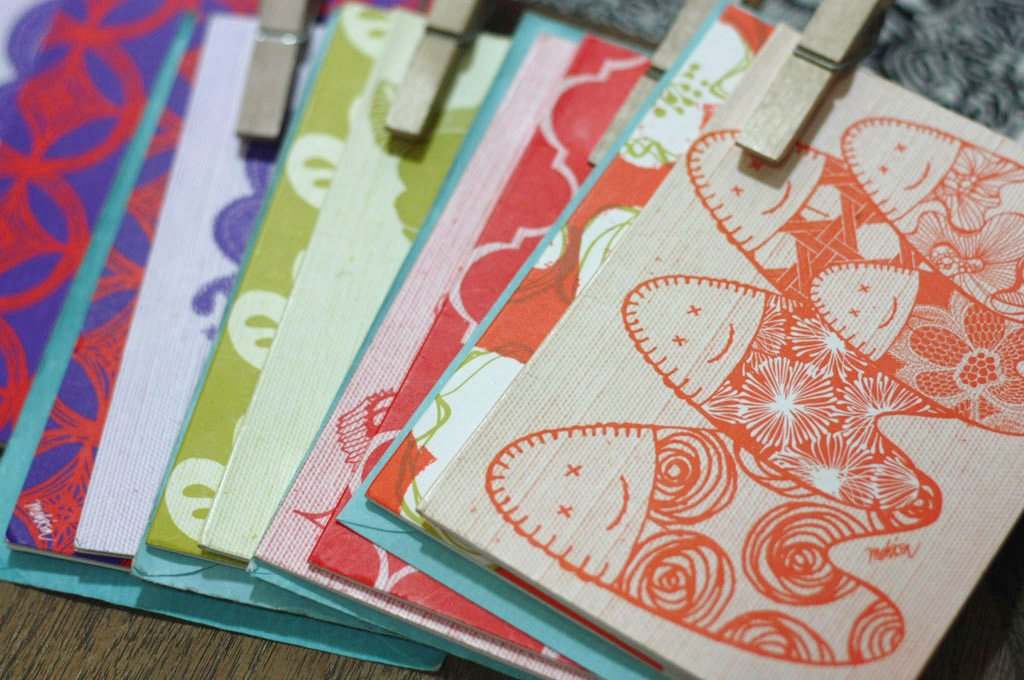
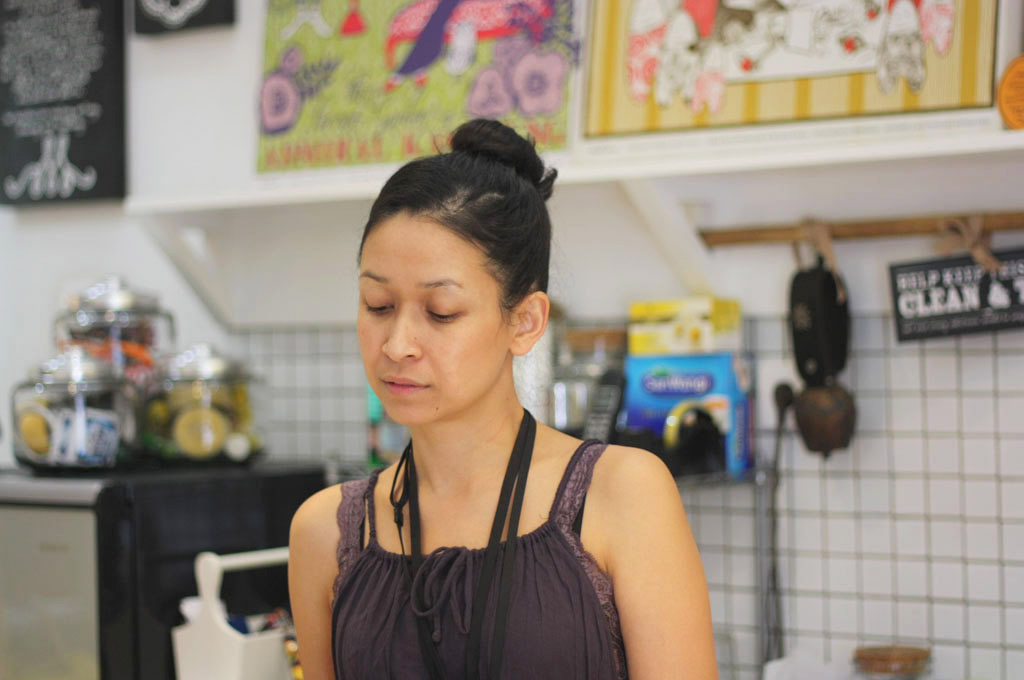
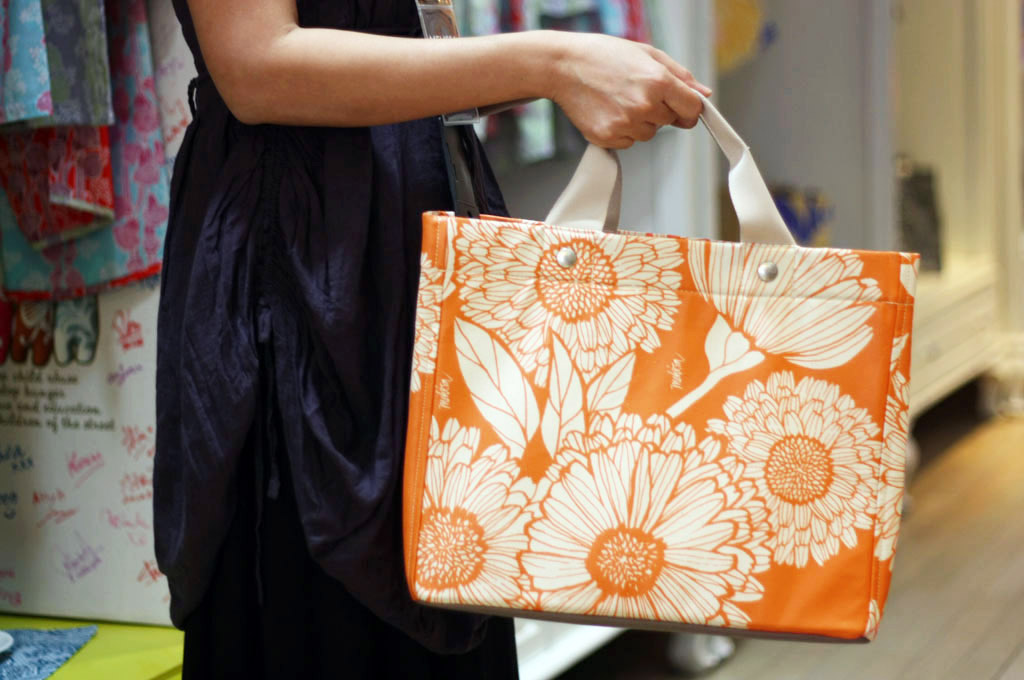
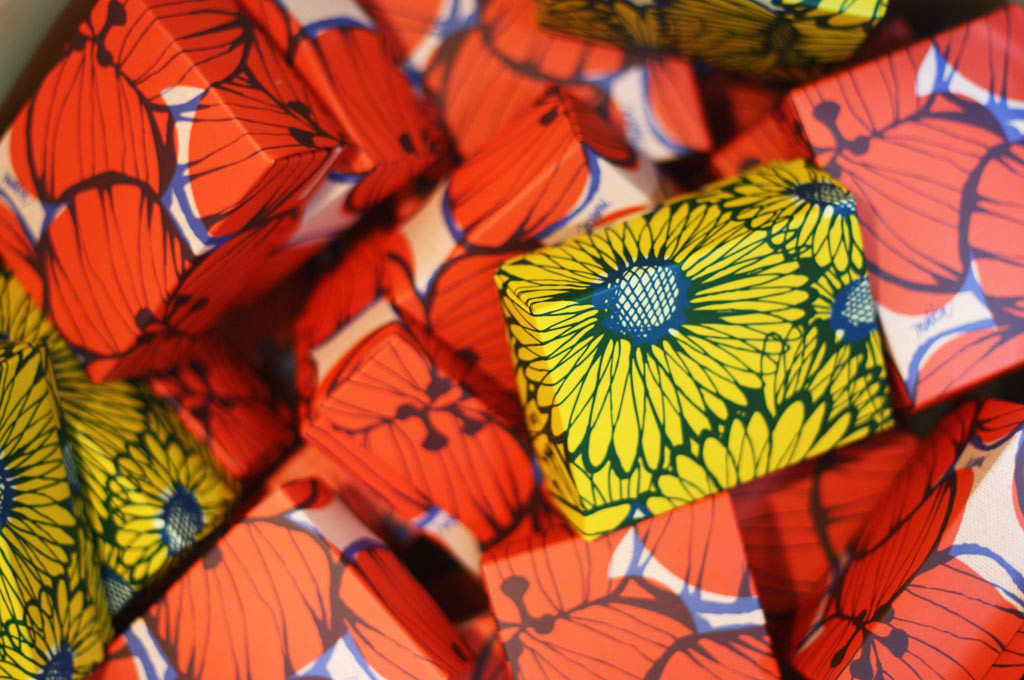
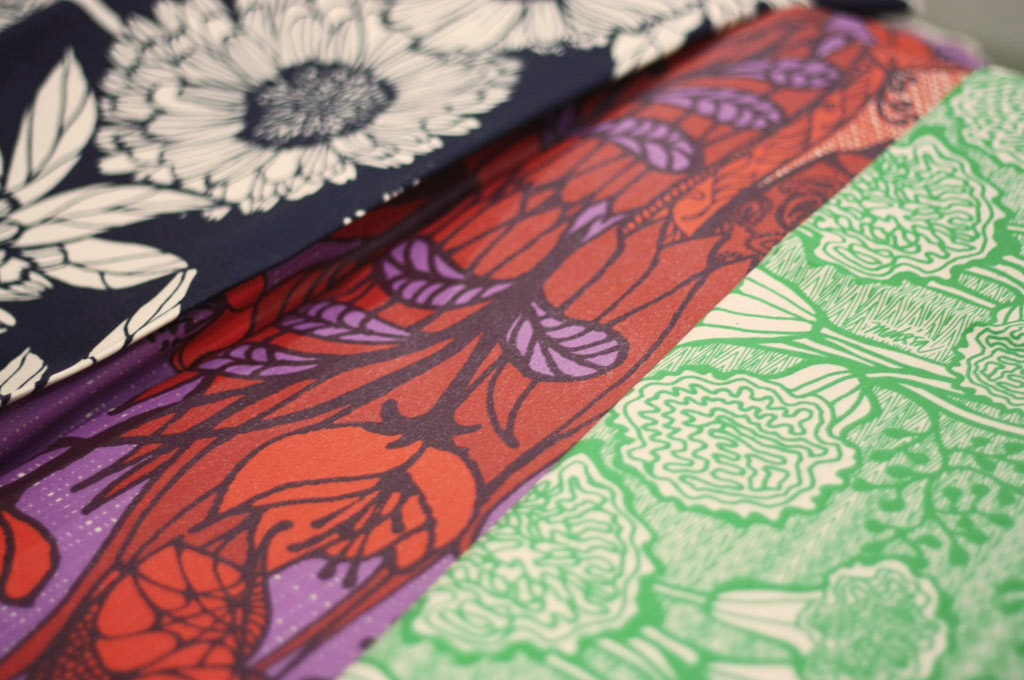
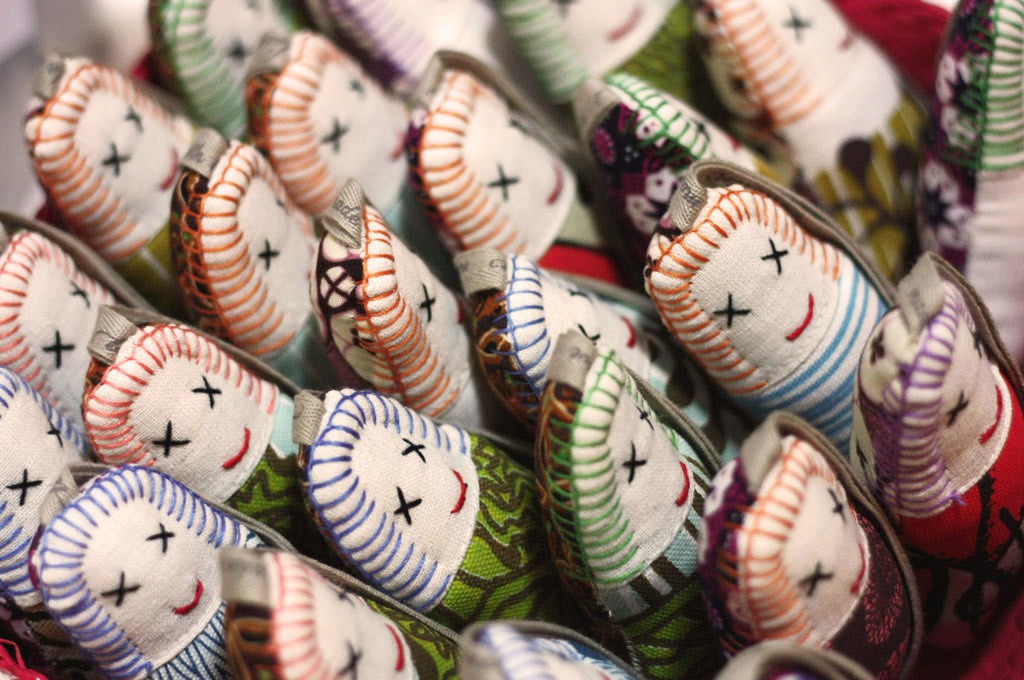
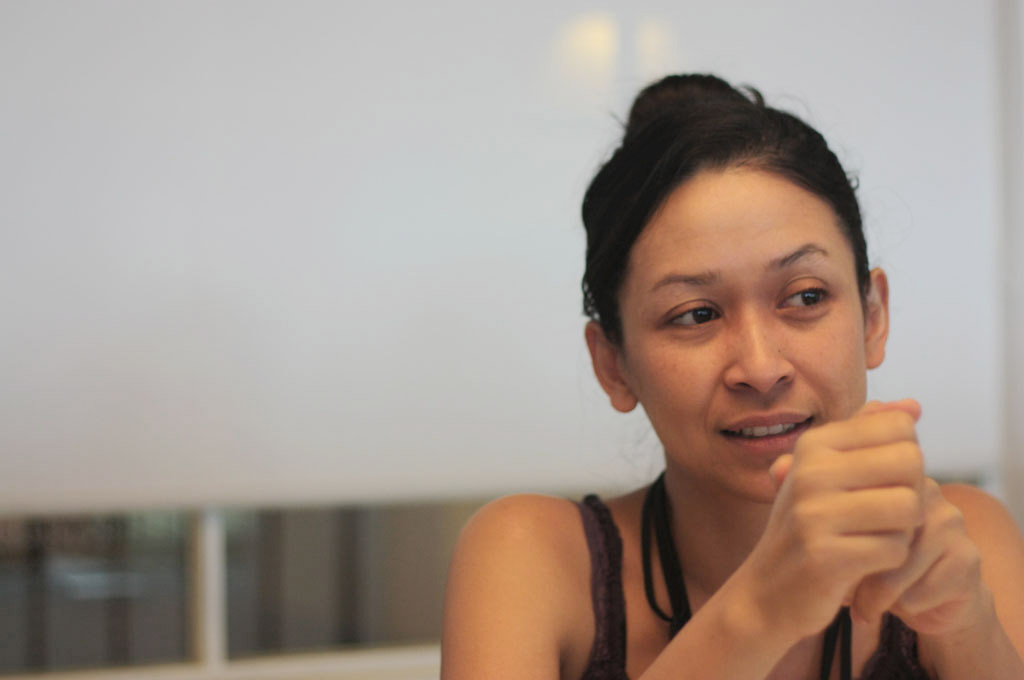
A
How did you get into illustration? What was your first creative memory?
M
I’ve been interested in illustration since I was 4 or 5 years old, I really enjoyed drawing since. My mom encouraged me to do so. She always gets me pencils, not only pencils from Hero, but she would seek art supplies in Kwitang. She would take me to Kwitang, which was far, to just buy Winston & Newton supplies there. Back then not many people knew about it, but my mom always knew what my interests were.
A
Was your mum involved in the arts?
M
She actually graduated with an economic degree, but since she was unhappy with it, she didn’t continue. Actually she was in Citibank setting up private bankings, even so she was always passionate about art for a long time.
She was accepted to ITB or UI for architecture. Maybe back then, art was not considered a respectable or an alluring occupation. So her parents told her not to pursue the field. For her, it was a burden.
A
When did you realize you wanted to continue illustrating?
M
The first time I realized that this is what I have to do and want to do is when we moved to London in 1986. I really felt art was something I wanted to learn and pursue. At the time, every weekend, my mom always took me to Camden market, which was a flea market. You could get a table for 15 pounds. You can also see people making their own carvings, their own hats, and hand letterings. There were a lot of sign hand letterings. The sign makers who were still working there really inspired me. I felt that this was really cool. You really do things by hand and you sell it directly. So I was really happy. Then, I took art classes and there was this guy from the Art Center who did a presentation. This was when I was in London, I was still young but I saw his portfolio and I thought it was really cool.
A
You still vividly remember it?
M
He created these cars since he was a transportation designer. All I remembered was he said he was from the Art Center, at the time, I pondered about the wonders of a school that was focused on products and whatever else creative. After that I started to learn more about the Art Center. When I graduated from Tarki (Tarakanita high school), I wanted to go to the Art Center but since my parents were going through a divorce, I had to stay close to my mother to give her support. I decided to go to a university close by, Trisakti University. So I went there, but my goal was still to go to the Art Center. My mother knew this well. She made a deal during the divorce, she demanded that my father would have to send me to Art Center. I was really happy about that. When the divorce was over, it was really hard, we were all emotionally broken. Then my mother took me to Europe to apply to the Art Center. I was accepted then and there.
A
Did your writing interest start as a child? Because you write as well for Tulisan right?
M
When I was in London I wasn’t able to speak English, My English was really a mess. At the time, our curriculum, we didn’t have to learn English in middle and high school. Unlike now, most people in highschool would be able to understand and speak English. Back then, we weren’t able to. I went to a school and had to be tested beforehand. I scored really high, higher than the average, on the math section. The school would have accepted me but unfortunately my English was the problem, therefore she wouldn’t be able to survive here. Then my mother told them, if your school is good as good as you say it is, your teachers would be able to teach my child. So give my child a chance and let her take tutoring lessons and allow her to take the test again a month later.
A
Even the with the language barrier?
M
It was proven through the math skills that I could do it. It was my mother who really pushed for me and warranted for a second chance. At the time, I have gotten a tutor. This tutor was the one who opened me up and turned me to classic books. Like Harper Lee, How to Kill a Mockingbird, J.D Salinger, Shakespeare too.
I was really taken by the tutor. I thought to myself that there is a language where there are so many options to describe something. There could be adjectives to describe something so that they have a certain emotion and feeling. I was really lucky to have him as a tutor. After the tutor, I was really into reading. From there and the Camden market experience, I thought to myself about the possibility of owning a children’s book store and for me to write it myself and sell it.
A
Why children’s books?
M
I have always a big fan of Enid Blyton, Hans Christian Andersen. I also enjoyed Alice in Wonderland. I really liked that. What I thought was these children stories were still appropriate for adults, but you have to read between the lines. It’s very simple. Every time you read the book over again, a new meaning emerges. That’s why I love children stories.
A
Can you define your illustrative style?
M
I don’t really know but the few techniques I adore are pointillism, vignette, and cross-hatching. These are the 3 basic styles that I actually learned in the art school. I try to develop those styles myself. While I try to do my own style but there are many illustrators of the 1800s and the 1900s who has a big influence on me. It all starts because I really liked reading these children’s books, when you go to the flea markets you find these children stories but are illustrated with Art Nouveau or Art Deco style. At the time I was intrigued by Eugene Grasset, he has similar style with Alphonse Muca, so it’s very illustrative and decorative. Those stores always post things like ballerina, the costumes are really ornate and embroidered. If you look at their work, the work depending on the topic. For example they want to talk about the summer opera, they would pick flowers that would be symbolic to the opera. I was inspired by the way they think. The artwork has multiple layers, not only the subject but the details.
A
How do you choose your subjects?
M
Well, I would choose a state of mind or emotions. The actually subject, person and or character would undergo these emotions. For example, if it’s a subject on hypocrisy and or prostitution, then I would choose animals or people based on these emotions. For example hotel Batavia was on of my favorite works. Actually Rassi was the writer of this, at the time, I was inspired with the subject of hypocrisy, prostitution, and things that you do for the sake of survival or whatever people thinks of you, things like plastic surgery. For me, all growing cities like Jakarta will experience these times. Places that have these facilities or possibilities to grow so quickly but they don’t have time to understand themselves. So, I created the Hotel Batavia story, I took this goat because goat in Jakarta is an animal that you sell and buy. It was kind of my symbols for prostitution, but not just prostitution in that sense but also the idea of when you work for something and you don’t really enjoy it but you have to do it just for the sake of money or when you work on something that you don’t really believe in but you have to do it because the society tells you to do so. In my opinion, these stories resonate to the residents of Batavia, because there’s a lot of people in Jakarta who sympathizes with this hardship.
A
So is this what you discovered in Jakarta? Cause I think in your website you wrote that you want people to understand a different perspective of Jakarta through Tulisan.
M
No, not only that. For me, Jakarta is a very young city that is full of potential. You can discover many things. It’s a hidden gem. Here, if you walk to the city to the supply store and to the wood merchant, you can get something that you can’t get in Europe or America. If you go to the photocopy shop, you can make photocopies of A0 size. It’s easy here. Imagine you’re at Kinkos in America, trying to do something that size and using a sticker is difficult. Also it’s really expensive. In my opinion it’s only the aesthetics and shapes of the city that isn’t appealing. Also the traffic problems but if you want, you can bypass the traffic by taking the public transportation as the Angkot. Basically there is so many possibilities.
A
Is that something you wanted to portray through Tulisan?
M
Yeah. If you’re asking why I am carrying the label Tulisan Jakarta, to me, some brands are paired with the names Paris or New York when these brands are actually made in Jakarta. It’s a fact. I had a chance 2 – 3 years ago to create a research where I found a database that contains all the shipping bills of all the cargo ships that arrives in the United States. And maybe 60-70% was billed to the shipping company that came from Indonesia. When you think about that as a maker, we have potential. But we never can enjoy the results because, in my opinion, maybe the people here don’t have confidence. We try so hard to be somebody else and we forget that being ourselves is already a huge asset. So through Tulisan Jakarta, I wanted to tell people the truth that these things are conceived and made in Jakarta and we can do this.
Other than that, in Jakarta there is a new gate. We are entering a new era. Jakarta will be a new hub, I think. But with this lack of confidence, brands from Jakarta just haven’t touched international waters. If you think logically, now tea, coffee, sugar and chocolate. The most appealing chocolate maker must be from Europe but there isn’t a single chocolate grower in Europe. If you think about it it’s all from here. The same goes for tea. People here think of “TWG” as a good tea brand but is there any tea plantations in Singapore? I mean logically it’s actually all the resources from Indonesia. I could go into many details that make me angry as the free port issues, but I won’t go there. But just as simple as tea, these English brands Lipton are famous but not a single tree plant grows there. I just want to remind everyone that this country was once known by other countries as the East Indies. East side of India where we are naturally blessed with natures best. For many of us Indonesians, we associate the East Indies times to the invasion and colonization times. I wanted to name Tulisan as the new East Indies. It’s like people of the new East Indies who have a different perspective of ourselves.
A
You talked a bit about confidence, we have potential but we don’t have the confidence, why do you think so?
M
Because the trauma of being invaded for 350 years. The trauma of our forefathers must have been ingrained and passed down to us. When I was in elementary school I wasn’t able to write my own thoughts. For example, during history exams, where the history can be told through our own ideas but I had to memorize information word-per-word and write it exactly according to the textbook. I am not allowed to give my own opinion on how it should be. In my opinion, that’s the root of it. If since elementary school we have been given a standard to abide to. When we become entrepreneur we also will be without confidence. In my opinion, we won’t progress if we have that kind of attitude. But that is just an attitude that we just have to be aware of, and over come it step by step. And be confident.
A
How about the creativity in Jakarta? How does it impact you?
M
It’s amazing. I met a silkscreen artist by the name of Hadi. He’s a silk screen artist who caters to the distro community. He knows the Bandung kids. It’s amazing, I’ve seen his illustrations and his typography and it’s amazing for him to have those skills without an academic background. Everything was self-taught. To me that is incredible potential. One time I got a housekeeper who made his own pen. He did black lettering. He was a really bad housekeeper but his brush strokes and lines were incredible. That also was without any academic background. That made me think. There must be something about this city and all the hardships it went through that made us have a certain echo. But then I also noticed that this “echo” is temporary and it doesn’t last that long. So the challenge for me was how to preserve this spirit. Like the distros during the 1990s had that “wow” factor that appealed to the kids. One of them grew so fast and they opened a few more. It became a trend. Now the mystique is gone and it’s hard for them now. It’s like a wave that has passed. For me, it’s ashamed to have that. The quality of the silk screen of the shirts were really intricate. The hand strokes of the artists were genuine. I was sold in Jakarta, but that was like a wave then it disappeared. Again, it’s confidence that is at fault again. It wasn’t introduced as art work for me. It was introduced as consumer merchandise, when it’s not.
That is hand printed; actually each color is individually registered by ocular vision not by computer. And it was priced at Rp. 50,000 or Rp 100,000? It’s really cheap. And the silk screen artist maybe only gets Rp. 5,000. I was shocked that no one knows who they are and they did all the work. It’s crazy. At the time when I came to Jakarta, I saw what beautiful things Jakarta could offer. And find out what the potential was and the facilities. And what you can do out of that.
A
How does being married to Dominic who is a product designer influence your work?
M
We think very differently in this case. For Bluelounge, the aim of it was to design products that would solve problems. With Tulisan, it was more of the opposite. It’s more on focusing on we have, who are we working with and what can we do together. It’s more hands on.
It was a different market. When I started Bluelounge I started in America, where you have to think about ergonomics that are based on research of the people’s behaviors. When I was in Jakarta, the background is completely different. The background is you can’t create the design because you can’t find people to hand them the specs to do so. People here would be confused.
A
How about your creative process?
M
All our editions have stories at the back of them. I haven’t made a new edition this year because I’ve been busy mending our standards of production. Most of the editions were made in 2010 and 2011, when I was intensively collaborating with Rassi, our writer and Mira, our current art director. Rassi and Mira are the two iniator at Tulisan who followed me from the start. Our creative process are normally based on a theme or an emotion. Say the “emotion is about love that knows no form” in the story “Admiral Kasarung.” I mean that’s what the story is based upon. We try to find a setting that can hide the underlying emotion. It was intentional. If people read the story, people shouldn’t get the emotions right away. I mean they should be interested in the characters and colors, as if they were inside a children’s book. The second step is that after they’ve read the story a few more times, they would then realize that the story has to do with a certain emotion that we wanted to convey. So the love that knows no form, at the time, we took was adopted from an old folk story “Lutung Kasarung”, after that, Rassi and I wanted to somehow present the story from a point of view that hasn’t been heard by others. I mean this is also inspired by a lot of plays of when I was in London with the likes of Shakespeare or Bernard Shaw. Julius Caesar was a historical story but in the actual play emotions was trusted into it. So the character becomes relatable to you as if I knew him as my neighbor. Something that can be held close to us.
From all the folklore stories that we found, most of the story always states that they met in a forest but they never really talked about what happened in the forest. So we took a snippet of the story that has never been touched by people. How they met and what happened. So our story can always be broken down with the rest of the folklore. But that was really about the conversation of these two people in the forest. From there, we created our own characters, Rassi and I, found an additional flare that can be put into the “Kasarung” story. For example, “Kasarung” friends in the forest call him “Admiral” and he enjoys listening to 1920s jazz.
A
So you add depth to the character?
M
Yeah, really, so that not only Indonesians who would enjoy the story but anyone else who has a different background, can be interested in the story as well. And if they thoroughly enjoy it they can Google and find more! So that’s where it all starts.
A
How do you based the emotions you choose on?
M
Rassi: Wow. It can be too many, sometimes, it could start from Melissa since she started the illustration first and then she has these emotions that she wants to convey. After the illustration is done she could come to me and brief me up. Or during the process itself we would brainstorm together and sort out and find the direction that we want to take the emotion. It can be repeated. Initially we want this emotion but through the process she would illustrate and I would write the story and if we feel like the emotion is lacking. We would meet up together and most of the time we would feel the same way. She would feel like the emotion is lacking and therefore needed to be refocused at a certain point, as I write I feel like the emotion should be emphasized at a certain side as well. We then would talk again.
It’s mostly based on mood. Sometimes I like to manipulate my co-workers. So at times I would put Rasi at a sad situation. Her latest creation “Bawang Putih & Bawang Merah” I almost cried, because she went through a few drafts. She went through 3 or 4 copies and they were all so very different. There was something missing, when I read the story I thought that it’s just a story and you don’t get “stabbed”. So I continued to email her with harsh words, I want you to get this done by tomorrow the very latest. And you have to do it, and so on.” But then I refused to answer all her calls. I actually told our friend, Mira, to not answer Rassi’s questions and to not be a friend. Just make her feel like she’s on her own. It was really hard for her I think. It was harsh. In the morning I found the new copy of “Bawang Putih & Bawang Merah” it had the same feeling as the first time I read “Putri Sejati” by Hans Christian Andersen. The feeling was like that. I wanted to be this girl. And that was what I was looking for from people.
Sometimes I feel bad for my friends at Tulisan. There’s been a few times they cried because of me. But in a way, I can make them feel like they are personally hurt by me. But I really want to do is to open the best of them. Because I believe that you have to be personally hurt to be able to do something amazing. In my opinion you have to feel like you’ve been stepped on.
A
I saw on your blog, you have this fascination with doors, why is that? Why doors?
M
It’s simple really. Do you want to know the real answer?
Because doors’ mechanism involves hinges, screws, handle, springs, it’s very detailed, and the type of wood you choose will determine how long a door would last. So building a door can last from a year to a thousand years. And I really like these doors that are built for 1000 years. Its like if you look at Fatahilah Museum there is a gate that I find pretty but you can’t see it now because there are street vendors in front. That is for the horses’ gates. If you look at the hinge it’s really beautiful. To me, like all around us it involves protons and electrons and they make a substance based on the frequency it holds together. This proton and electron. The frequency is influenced by the emotions around it, I think. If you look at these doors that were made for 1000 years, the proton and electrons of their substance it records many emotions that happened infront of them. If someone died, if someone gave birth, if someone cries, if someone receives a love letter, it all is recorded. The charm of these doors can be seen from that. So when you go to a prison door, you can see how sad it is. A few times I’ve gone to a cemetery, I would like to see the doors/gate. For example in Europe there are a few that were built inside, like a sarcophagus. So for me its very interesting compared to doors that are prefabricated and mass produced that would only last for 20 years then you have to change it again. Their proton and electrons are different. The frequency that holds this substance together . It’s kind of a weird explanation but that’s how I think. I also think that when I take a photo that there’s something that is inspiring. I’ve been collecting these photos since I was young. Around 1986. If I take a picture of a door that is of plywood, it’s not the same.
A
I’m kind of curious, you seem to be very aware of the small details around you, emotions and such. Have you always been like that? Or that’s something that you’ve developed over years?
M
I think it’s been in me but since I was young my health was sensitive. I had asthma and allergies. If I was given anti-biotics my body’s anti body would decrese in strength. When I was growing up in Jakarta I often had the flu, as often as everyday, after that when I moved to Europe, I started to understand about homeopathy and natural medication. Where you have to actually maintain your body and made me understand the saying “what you eat is what you are” is real. The more you purify yourself from any toxic materials, from smoking, MSG, the stronger your intuition will be. To me the answers are all around us. You just have to put it together. I think that is something that everyone has. You just have to develop it. Really, it’s been about 20 years since I’ve been to a regular doctor. I tend to go to acupuncture, homepath therapist.
A
I saw a video of one of your interviews; you mentioned that people have beginners’ luck. You also said that there are challenges along the way, so in your journey so far, how do you stay focused?
M
You need a partner. You need a very strong partner who believes in you 100%. To me that is the key. Rather than you have a big investment and a large capital, you need a partner who believes in you and your vision 150%. Because especially when you do your own business, I mean even in your own personal life you can get frustrated, and if you don’t have a friend or a partner who pushes you 150%. It can drive you insane. In this case, my partner who is really solid is my parents and Dominic. I mean there has been a few times where Tulisan hasn’t been formed. Like now where we have our own store and such. There’s been a few times when Tulisan only sold pillow, coasters and some of them dissolved. I felt like “Oh my God, I’m crazy huh? “ I feel like I’m crazy logically, you were sent to school abroad for a large sum of money then you have Blue Lounge, why don’t you focus on that? Why all of a sudden do you have to start from scratch again, Are you crazy? A lot of people told me that. At times I do listen and wonder if I am in fact crazy!? Maybe this will totally flop and I will regret it. Luckily my parents and Dominic were there for me. After that people around me like Rasi, Meli, and Mira who I really needed because they really believe in their dreams. In my opinion if Rasi, Meli work with me for the sake of putting the job in a resume, then I’m checking out, that can be a disaster. For me they are the few people who I could hold on to when I fall.
A
Looking back, if you started Tulisan earlier, do you think you would be at a different path or you think it would be the same? You worked as a graphic designer and a consultant at one point?
M
I don’t think I would do it any other way. Because everything that I’ve gone through has been for me to develop Tulisan. At the time, when I first graduated I took a job at a print shop. After that I took an internship at a small graphic design firm that doesn’t have many upscale clients while most of my friends who graduated from Art Center would get a lead to work with a big corporations like Nike, Coca Cola. But at the time I took the small time graphic design firm. Doing so, the works I was doing was low budget, logos for hair dressers. Or for annual report company who don’t have a budget. I have to always work with ugly photography, since it’s low budget or either it’s a stock image. But because I did that, my experience in places like these I really understand how to make a mechanical file. Maybe film, how to optimize film that has no waste. At the time, I really pressed myself. I set the machine myself. When I was at the company but before I worked I had to make the correct tea, mop the floors, clean the bathrooms. Because my boss was “suicidal” I feel like I shaped my character in doing anything is good. You should embrace every job just without discrimination of levels. Because of that I had a similar approach with Tulisan. When I was selling at the bazaar I don’t really have a problem doing that. Which becomes a good asset in a way, there are a lot of artist who can’t sell their own work because of the pride.
The pride of an artist where you would think that I can’t serves you. For me, well someone has to do it. Because of that maybe my character rubs off on people. Everyone of Tulisan, regardless of where they came from, they have to come down to do the dirty work as well.
A
What’s your current obsession? Music, books, something you really want to learn?
M
For example, right now, I am really interested in hand lettering. It’s something that I also studied in the past. Since there is so much that you can learn in this topic, I’ve learned about the basics but never got the chance to really explore it fully. I recently started to learn it again like calligraphy and such. That’s why I created a new product when we created Camden market, it’s called block type. This block type is a simple typography work but there are a few hand letterings. I want to create project where I create a hand lettering everyday for 365 days.
A
What’s next for Tulisan and yourself?
M
Hand lettering. For me, no more kids. (laughs) Maybe if I have some free time I would like to learn violin again.
Tulisan
Dharmawangsa Square
The City Walk
Ground Floor, Unit #24
Jakarta 12160, Indonesia








